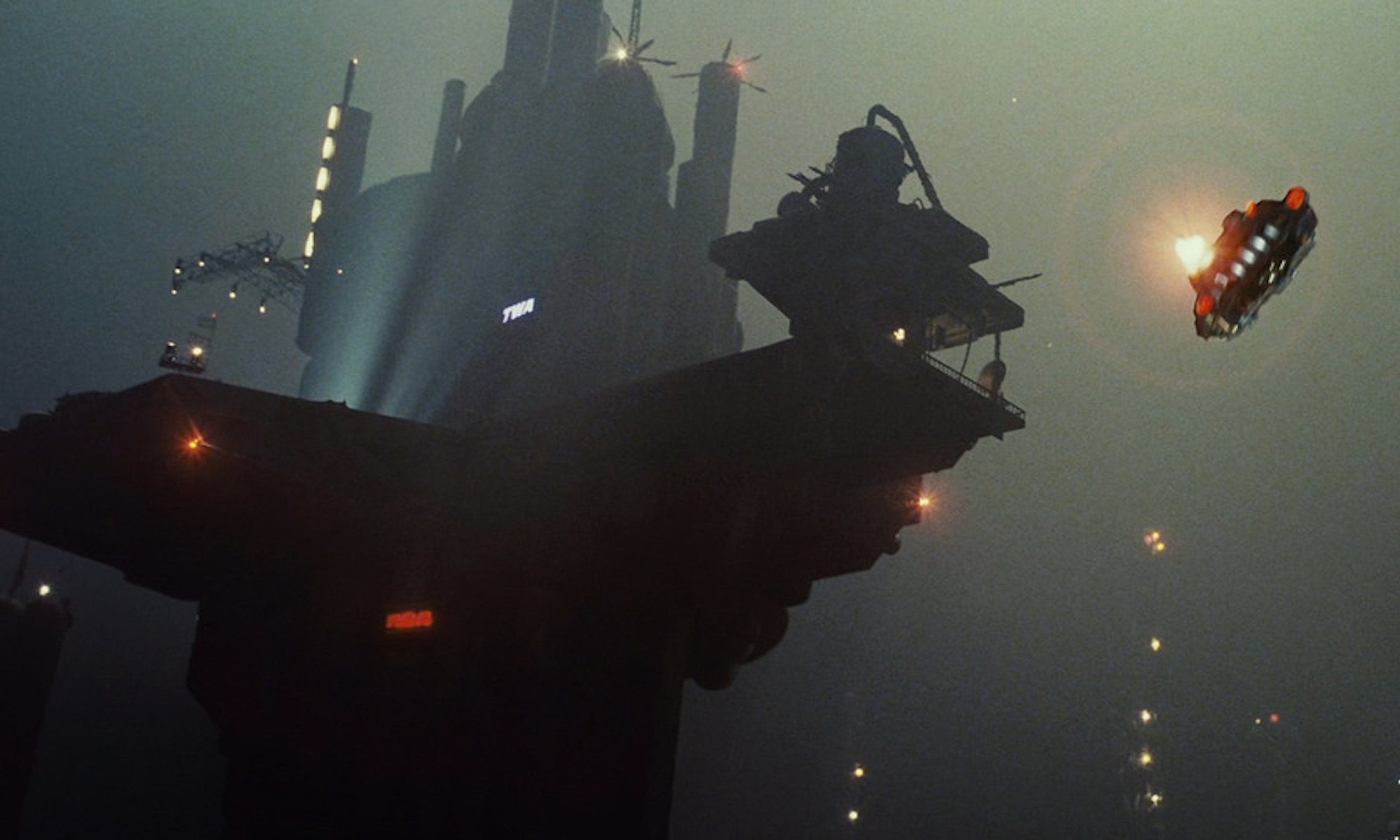A group of 13 year old boys were asked what they thought should be taught at school:
-
- Cooking
- Video Games
- Sex Education
- NFTs
- Rap
- Nutrition
- Sewing
- Fitness
- Survival
- Biking
- Lego Anatomy
- Swimming
- Cryptocurrency
- Economics/Business
- Helping Ukraine
- Karate
- Pokemon
- Mechanics
- Style/Fashion
- Programming
While some of them seem kind of silly, there are a lot of practical life skills in that list that should be taught.


































